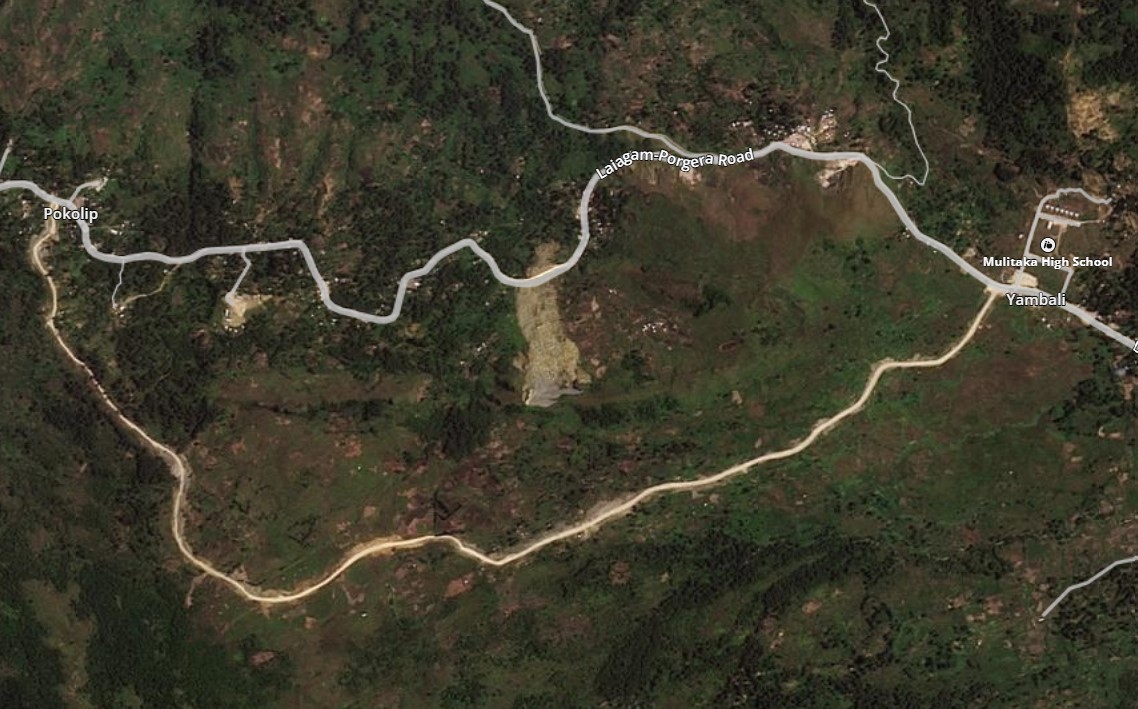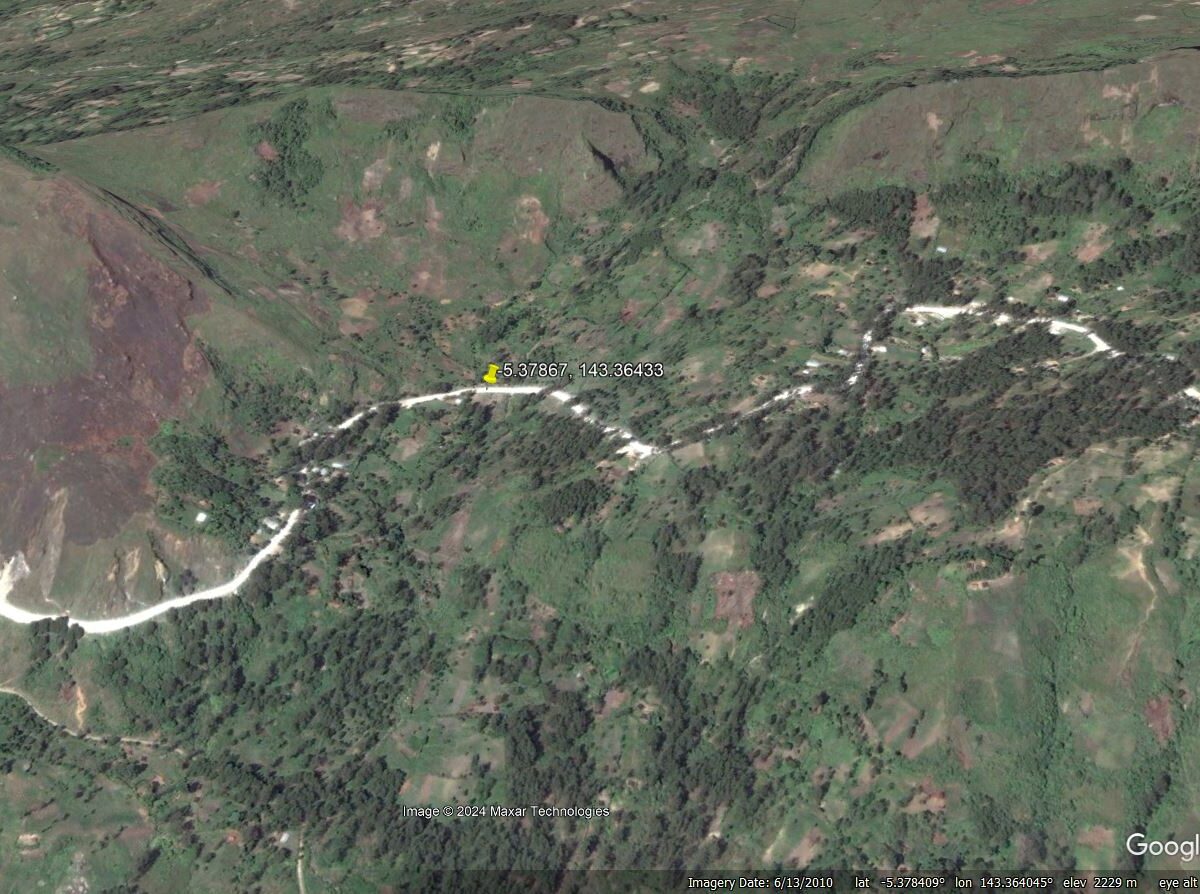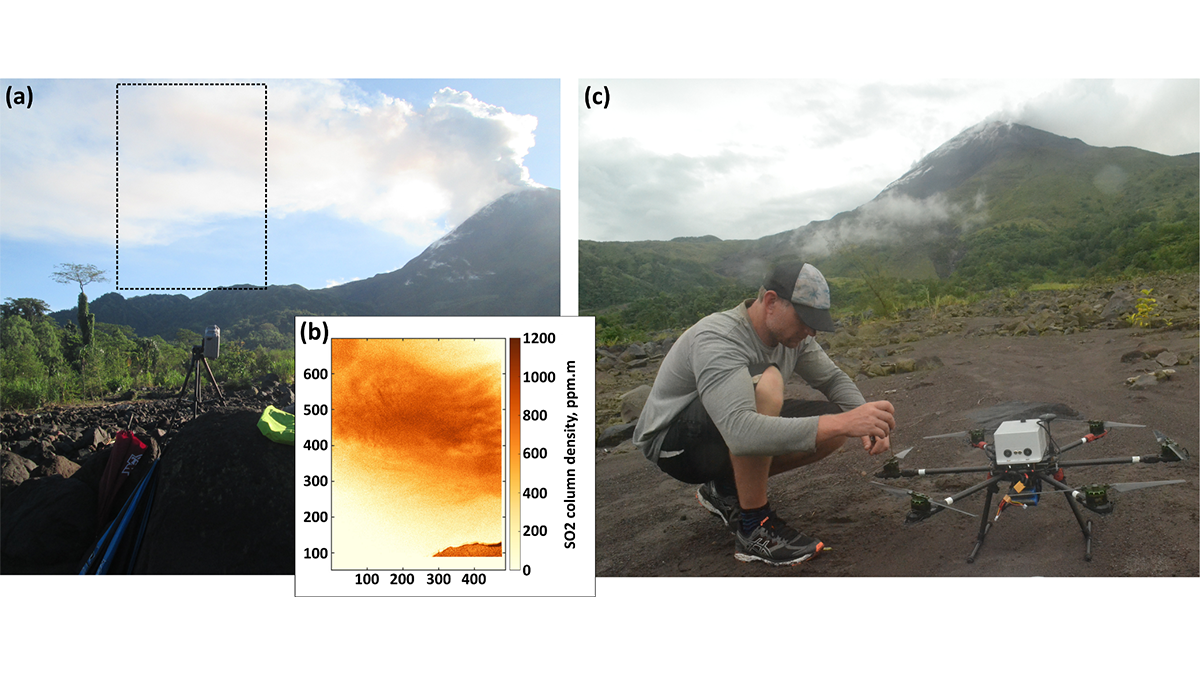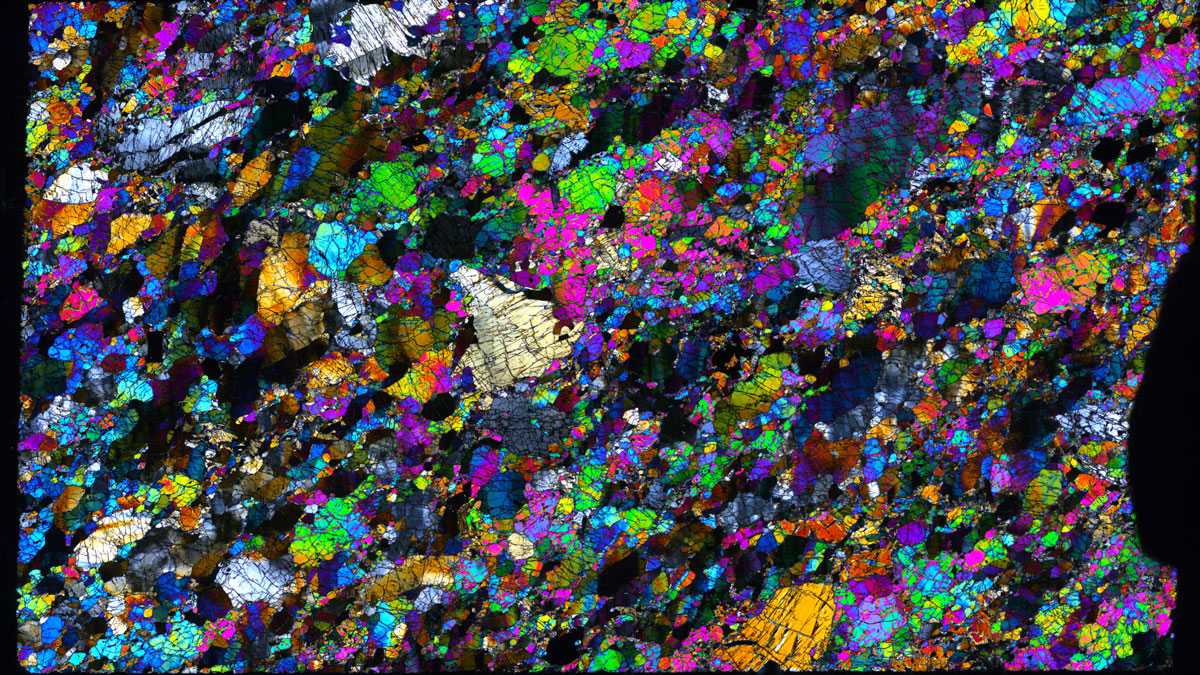The Landslide Blog is written by Dave Petley, who is widely recognized as a world leader in the study and management of landslides. On 24 May 2024 at 2:56 am local time, a catastrophic landslide occurred close to Yambali in Enga Province, Papua New Guinea, at: [-5.382, 143.365]. I wrote about this rockslide at the […]
Papua New Guinea
Corals Are Simplistic When Conditions Are Acidic
Increasing ocean acidity could spell trouble for fish that depend on corals’ many branches for protection.
Reflections on the 24 May 2024 Kaokalam landslide in Papua New Guinea
The Landslide Blog is written by Dave Petley, who is widely recognized as a world leader in the study and management of landslides. A great deal has been written about the 24 May 2024 Kaokalam landslide in Papua New Guinea, although there remains considerable uncertainty too. For example, estimates of the loss of life continue […]
The 24 May 2024 landslide at Kaokalam in Enga province, Papua New Guinea
The Landslide Blog is written by Dave Petley, who is widely recognized as a world leader in the study and management of landslides. At about 3 am on 24 May 2024, a large landslide occurred at Kaokalam, in the Muritaka area of Enga province in Papua New Guinea. The exact location of this event is […]
Recent fatal landslides in Papua New Guinea
The Landslide Blog is written by Dave Petley, who is widely recognized as a world leader in the study and management of landslides. Landslides are a significant hazard in Papua New Guinea, resulting from the combination of the tropical climate; a deeply weathered, hilly landscape; seismic activity and human disturbance. However, the country remains comparatively […]
Send in the Drones: Safely Monitoring Volcanic Gas Emissions
New drone technology was combined with satellite and ground-based data to improve volcanic gas flux monitoring at the remote Bagana Volcano in Papua New Guinea.
Million or Billion? Narrowing Down the Age of Mantle Processes in New Guinea
Mantle rocks in Papua New Guinea contain curious geochemical signatures that scientists have traditionally interpreted as evidence of billions-year-old melting. New evidence suggests otherwise.
Low-angle Normal Fault in Papua New Guinea is Rolling Along
Geologic and geomorphic observations of an active low-angle normal fault reveal a rolling-hinge mechanism accommodating the exhumation of a metamorphic core complex in Papua New Guinea.
An 1888 Volcanic Collapse Becomes a Benchmark for Tsunami Models
When volcanic mountains slide into the sea, they trigger tsunamis. How big are these waves, and how far away can they do damage? Ritter Island provides some answers.







